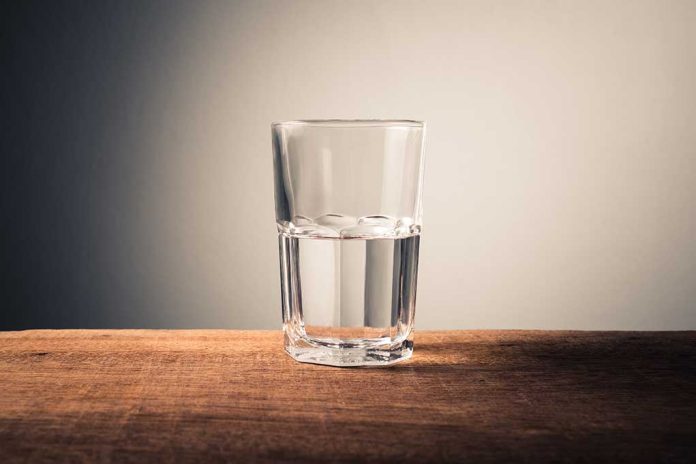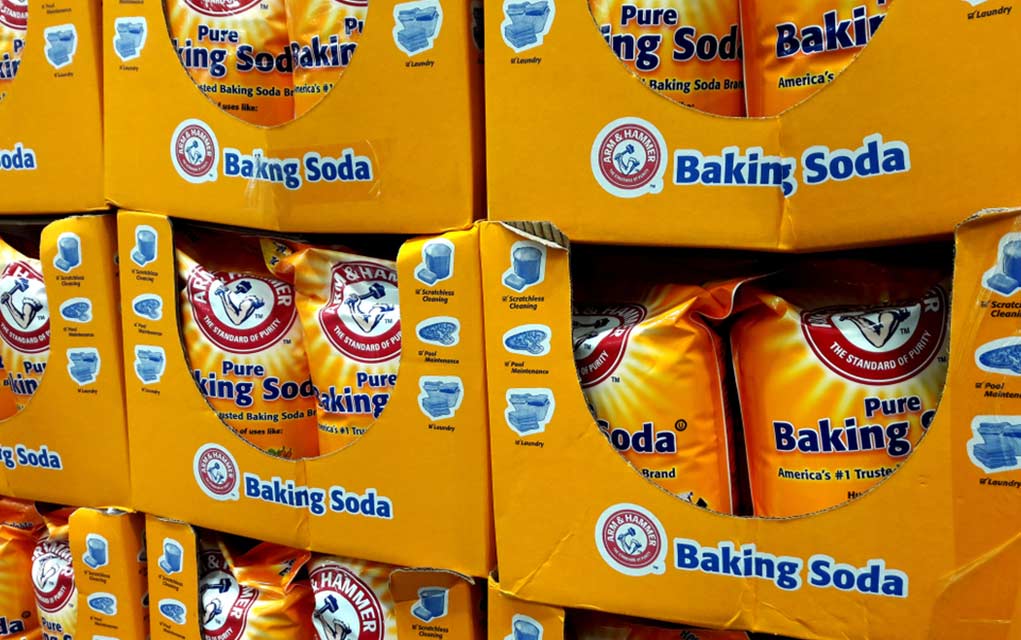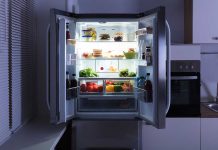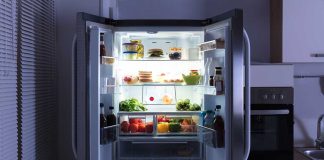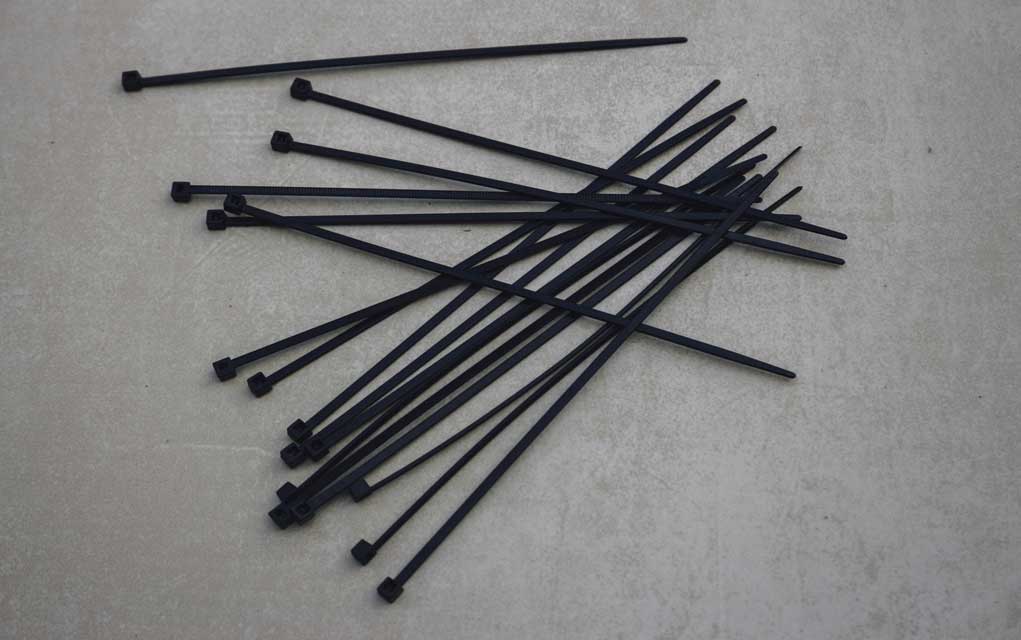Emergency Supplies Hiding Right Under Your Nose!
(Modern Survival.org) – In the event of a major emergency, such as a natural disaster, there is a good chance that local water supplies could become contaminated — or shut down entirely. Knowing where to find sources of water in these circumstances can be the difference between life and death in a true survival situation. To ensure you know where to look, here are some tips on locating hidden sources of water in and around the house.
In Your Home
According to the Centers for Disease Control and Prevention (CDC), there are a number of places you can locate drinkable water at home in an emergency situation. Some are more appealing than others, but once you are thirsty enough, the source may not seem so bad.
-
- The Toilet – This may sound gross at first, but if you remember the same water that comes out of your faucet also fills the toilet tank, it isn’t quite so bad. This option is only viable if the water here doesn’t contain chemical toilet cleaners.
- Hot Water Tank – A typical hot water tank will hold anywhere from 40 to 80 gallons of drinkable water. A video explaining how to prepare your hot water heater for draining can be viewed here. Note: older tanks have a tendency to fill up with layers of sediment, which will need to be filtered out before you consume the water.
- Ice Cube Trays – Thawed ice can provide a source of water, though it likely won’t be much.
- Canned Fruits and Vegetables – the liquid contained in canned fruits and vegetables can help stave off dehydration.
- Pool/Hot Tub – The water found in pools and hot tubs isn’t potable since it’s treated with a variety of chemicals. It can, however, serve other purposes such as cleaning, washing clothes, and even bathing.
Aside from the suggestions provided by the CDC, there are a few other options you can explore in a pinch.
-
- Pipes – Just because the water has stopped flowing to your home, doesn’t mean there isn’t still water hiding in the pipes.
- Swamp Cooler – Depending on the time of year (and if you live in a climate that uses these), draining the water from inside your swamp cooler can be a viable option.
- Dehumidifier – In humid climates, many people chose to run dehumidifiers in their homes. For those models that utilize a catch pan system, this is yet another option to locate water.
If you suspect your source of water has been polluted by harsh chemicals, biological contaminants, or flood water, do not drink it. It is nearly impossible to remove some chemicals without high-grade purification systems. In the event of a flood, you cannot be certain what has made its way into the water — gasoline, pesticides, and any number of industrial chemicals can turn water into a deadly cocktail.
Even if you believe the water you have collected is clean, it is still a good idea to purify it. Better safe than sorry, especially if you are facing an emergency situation. You don’t want to get sick and run the risk of dehydration when you are already low on water to begin with. For more information on how to purify water in order to make it drinkable, click here.
~Here’s to Your Survival!
Copyright 2022, ModernSurvival.org
